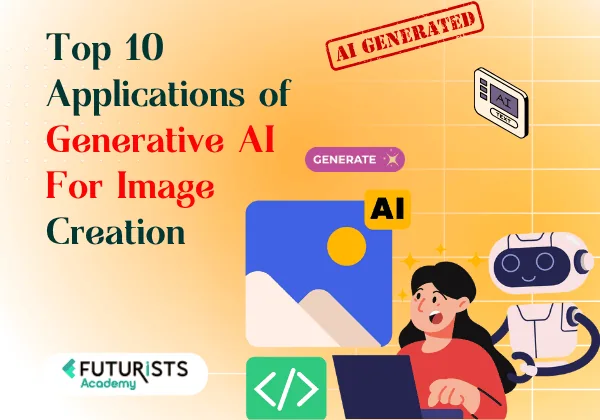Generative AI for image: Generative AI is revolutionizing the world of image creation. Imagine a world where you can describe a scene in words, and an AI model instantly brings it to life in a stunningly realistic image. Well, that future is already here. With the rapid advancements in artificial intelligence, particularly in deep learning and neural networks, image generation has taken an enormous leap forward.
As of November 2024, AI-powered image creation tools have become more sophisticated than ever before. They can now create hyper-realistic visuals, transform sketches into masterpieces, and even restore historical images with stunning precision. Whether you’re an artist, marketer, designer, or someone who loves creativity, the potential of AI-driven image generation is mind-blowing.
In this blog, we will explore the ins and outs of Generative AI in image creation—how it works, its real-world applications, challenges, and what the future holds. Let’s dive in!
Understanding Generative AI for Image Creation
What Is Generative AI?
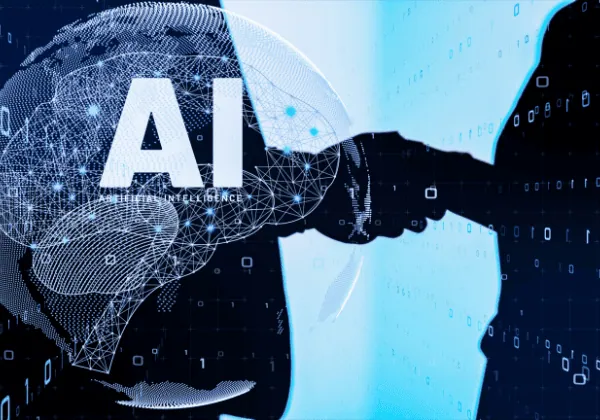
Generative AI refers to artificial intelligence that can generate new data, whether it’s text, images, audio, or video. Unlike traditional AI models, which analyze and classify existing data, Generative AI creates something entirely new. In the world of images, this means AI can craft visuals from scratch based on patterns it has learned from vast datasets.
The Magic Behind the Scenes: GANs and Diffusion Models
Generative AI has evolved significantly, thanks to two main technologies:
- Generative Adversarial Networks (GANs): These consist of two neural networks—the generator and the discriminator—that work against each other. The generator creates images, while the discriminator evaluates them, ensuring that the output becomes increasingly realistic.
- Diffusion Models: These models generate images by learning how to reverse the process of adding noise to an image. They have recently gained popularity due to their ability to create highly detailed and diverse visuals.
Why Is Generative AI a Game-Changer in Image Creation?
Generative AI isn’t just a cool experiment—it’s a transformative tool for multiple industries. Artists can experiment with new styles, marketers can craft eye-catching campaigns, and researchers can generate high-quality visual data for analysis. With the evolution of AI, image generation is becoming more efficient, creative, and accessible to everyone.
Top 10 Applications of Generative AI For Image Creation
1. Text-to-Image Generation
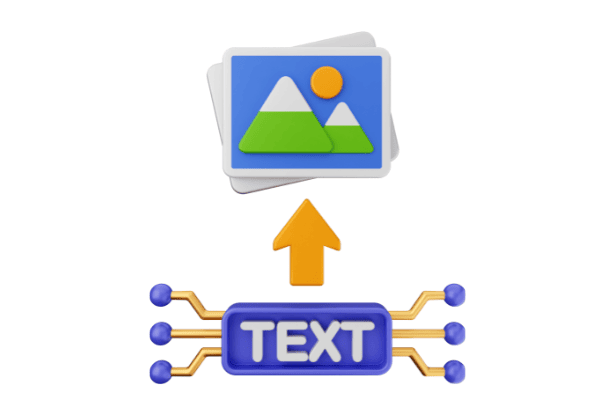
Imagine typing a simple prompt like ‘A futuristic cityscape at sunset’ and watching AI generate a breathtakingly detailed image. Tools like DALL·E 2 and MidJourney have made this possible. These models understand textual descriptions and translate them into visually stunning compositions. The possibilities are endless, whether for concept art, book illustrations, or social media content.
2. Image Enhancement and Restoration
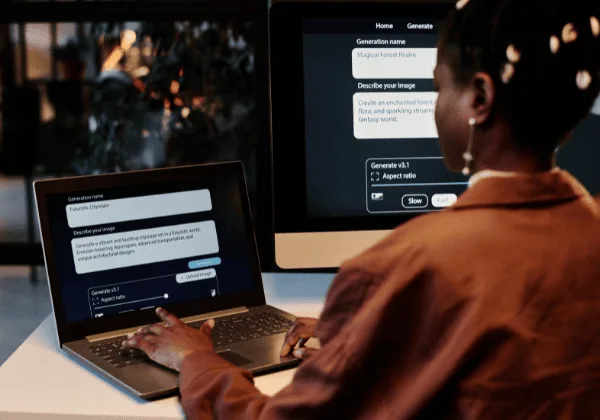
Generative AI can breathe life into old, faded, or damaged photos. AI-powered tools can:
- Upscale low-resolution images without losing quality
- Remove noise and enhance clarity
- Restore vintage photographs, bringing lost details back to life For historians, photographers, and film restoration experts, AI-driven enhancement is a game-changer.
3. Style Transfer in Art and Photography
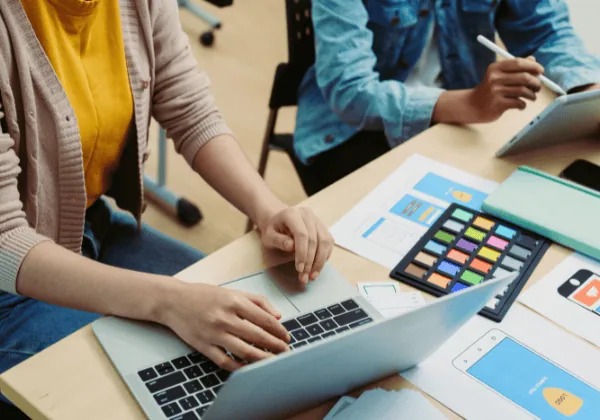
Ever wondered what your photo would look like if Van Gogh painted it? AI-powered style transfer makes this a reality. These models can apply specific artistic styles to an image, enabling:
- Photographers to experiment with new aesthetics
- Digital artists to create mixed-media masterpieces
- Designers to merge different visual influences
4. Fashion and Design Prototyping
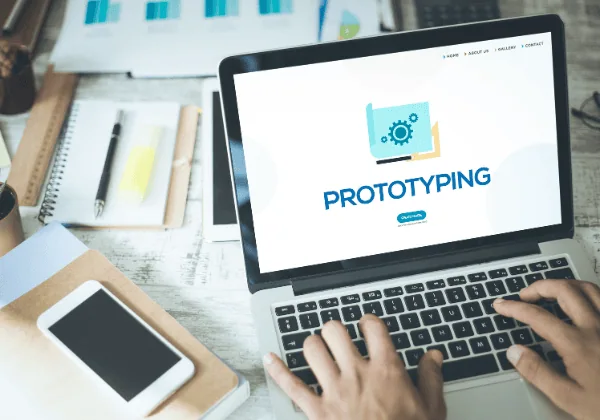
Fashion brands and designers are using Generative AI to prototype new clothing designs and marketing campaigns. AI can predict style trends, create virtual models wearing new outfits, and generate photorealistic fashion images without the need for physical shoots. This significantly reduces production costs while enhancing creativity.
5. Architectural Visualization
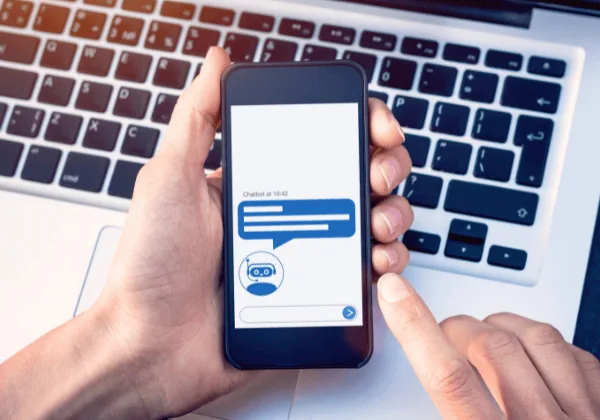
Architects and real estate developers are using AI-generated visuals to bring their blueprints to life. Instead of relying solely on traditional 3D modeling, AI can create:
- Detailed architectural renders
- Interior design mockups
- Landscape visualizations This speeds up the design process and allows architects to iterate more efficiently.
6. Medical Imaging Innovations
In healthcare, AI is helping radiologists and medical researchers by generating high-quality medical images. This technology is being used for:
- Enhancing MRI and CT scan images
- Simulating disease progression for research
- Creating synthetic medical data to train AI models Generative AI is playing a critical role in improving diagnostics and medical research.
7. Entertainment and Media Production
From Hollywood to indie studios, AI-generated images are reshaping the entertainment industry. AI assists in:
- Creating CGI characters and environments
- Enhancing special effects
- Generating concept art for movies and games With AI-driven automation, filmmakers can bring ambitious projects to life faster than ever.
8. Personalized Marketing Content
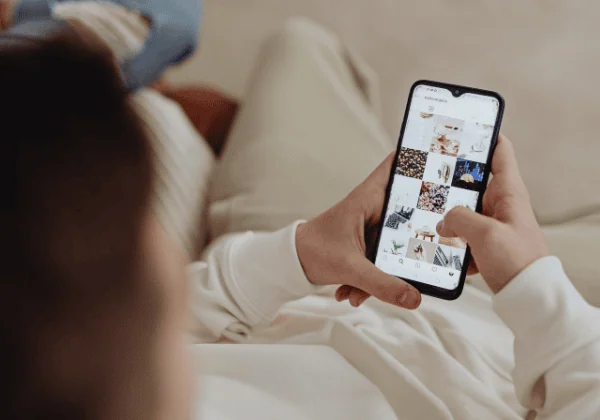
Brands are leveraging AI to create hyper-personalized visuals tailored to individual customers. By analyzing consumer data, AI can generate:
- Custom product images
- Dynamic ad creatives
- Personalized visual storytelling This ensures that marketing campaigns resonate with their target audience more effectively.
9. Virtual Try-Ons in E-Commerce
Shopping online has always had one challenge: customers can’t try products before buying. AI-generated virtual try-ons solve this by:
- Allowing users to see how clothes, glasses, or makeup look on them
- Generating realistic product previews
- Enhancing the e-commerce shopping experience This not only boosts customer confidence but also reduces return rates.
10. Educational Visual Aids
Educators are using AI to create rich, illustrative content that simplifies complex concepts. AI-generated visuals can be used for:
- Science diagrams and 3D models
- Interactive history recreations
- Personalized learning materials By making educational content more engaging, AI is revolutionizing the way students learn.
Challenges and Ethical Considerations in Generative AI
While AI-generated images offer endless possibilities, there are ethical concerns to consider:
- Authenticity & Copyright Issues: Who owns an AI-generated image? Artists and content creators are debating the implications of AI-generated art.
- Bias in AI Models: AI models can reflect biases present in their training data, leading to distorted or unfair representations.
- Responsible AI Use: Transparency in AI image generation is essential to prevent misinformation and misuse.
The Future of Generative AI in Image Creation
The road ahead is exciting! Future trends include:
- Real-time image generation for interactive media and gaming
- AI-powered design assistants to help artists and designers
- Human-AI collaboration, where AI becomes a creative partner rather than a replacement
Organizations like Futurists Academy in Guwahati are already paving the way for AI education, preparing the next generation of creators to harness the power of Generative AI.
Conclusion
Generative AI is redefining creativity and pushing the boundaries of what’s possible in image creation. Whether you’re an artist, designer, educator, or entrepreneur, embracing AI-driven tools can unlock incredible new opportunities.
But with great power comes great responsibility. As we step into this AI-powered future, ethical considerations, authenticity, and responsible use will shape how we integrate AI into our creative lives. One thing is certain—Generative AI in image creation is here to stay, and the future looks brighter than ever!

